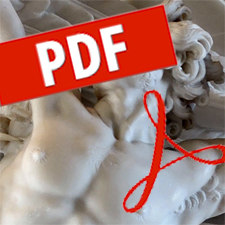New Zealand’s remarkable transformation from a wool and meat producer to a highly diversified economy is one of the more remarkable economic stories of the post-World War II period. Part of this diversification is tied to New Zealand’s development as a world-class wine producer, a remarkable feat given its small population. New Zealand’s institutional arrangements provide an example for other small agriculturally-based producers wishing to move to higher value-added production. To supplement the existing literature, mail surveys, phone and Skype interviews were carried out by the authors in spring and summer 2012. In addition, the authors held several informative discussions with local experts during the AAWE Conference in Stellenbosch in summer 2013. Experts came from academia, industry and government, as one would expect with a study on the Triple Helix model. Several agreed to review the document for factual accuracy, though the interpretations are solely those of the authors. While New Zealand’s institutions support the basic premise of the Triple Helix framework, that is, of the need for coordination of research, production and policy efforts, there are some important additional elements that are noteworthy for other small producers. Niche specialisation around a long-term strategy and a limited but strategic role for government are important, but the more remarkable feature is the ability to harness multinational investment towards local development. Yet, as we discuss, such approaches also carry with them their own vulnerabilities, requiring further strategy adjustments on the part of firms.

PAGES
387 – 398
DOI
All content is freely available without charge to users or their institutions. Users are allowed to read, download, copy, distribute, print, search, or link to the full texts of the articles in this journal without asking prior permission of the publisher or the author. Articles published in the journal are distributed under a http://creativecommons.org/licenses/by/4.0/.
Issues
Also in this issue:
-
Ryan Jenkins, David Černý and Tomáš Hříbek (eds) Autonomous Vehicle Ethics: The Trolley Problem and Beyond
-
As open as possible, but as closed as necessary: openness in innovation policy
-
Turning sportswashing against sportswashers: an unconventional perspective
-
State secrets and compromises with capitalism: Lev Theremin and regimes of intellectual property
-
In search of an author